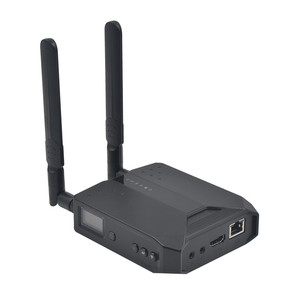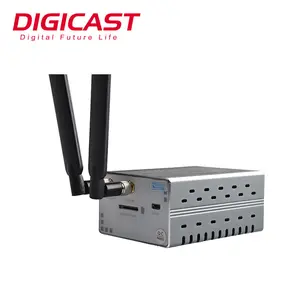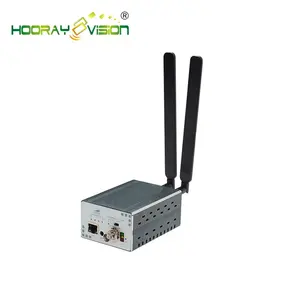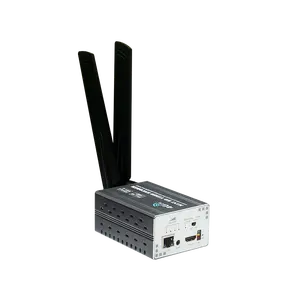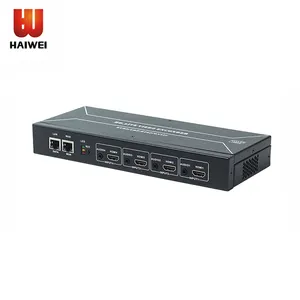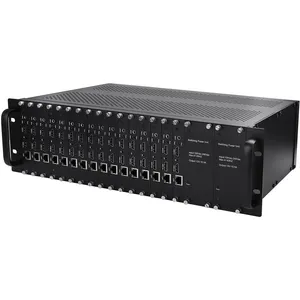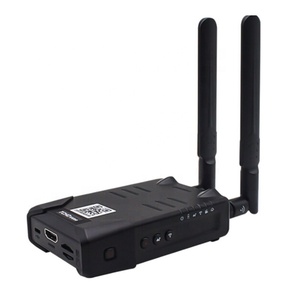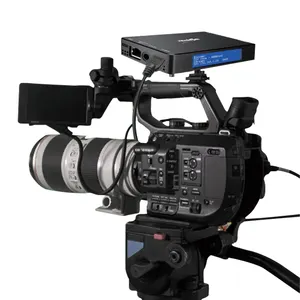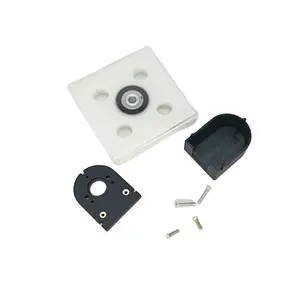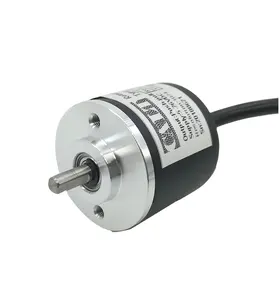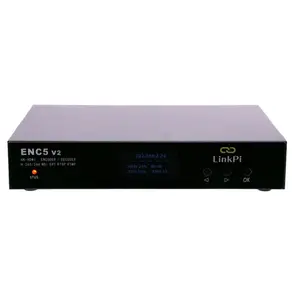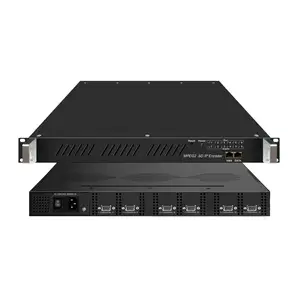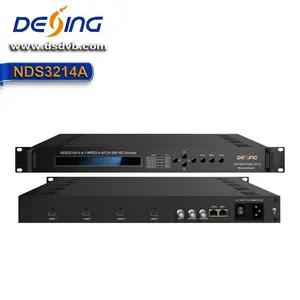4g Encoder Producer

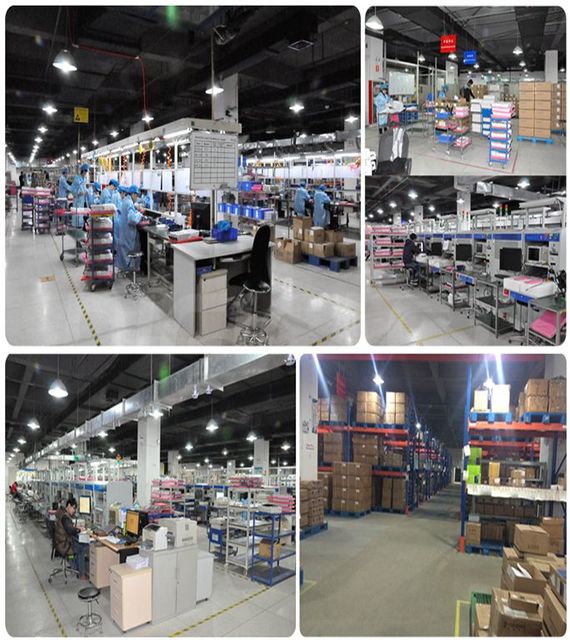
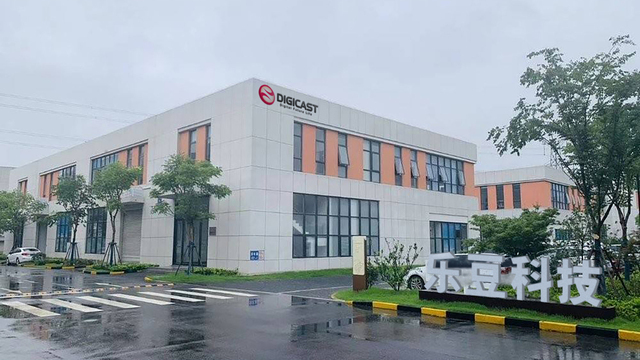

















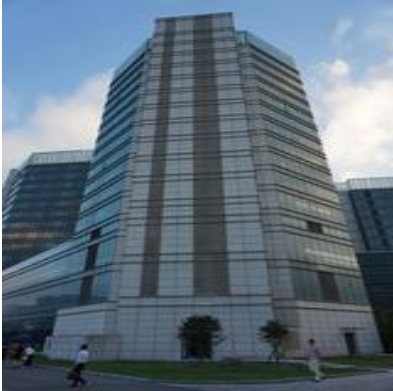
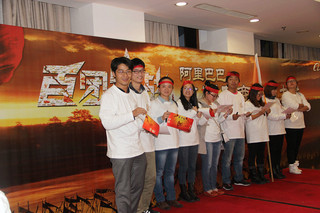

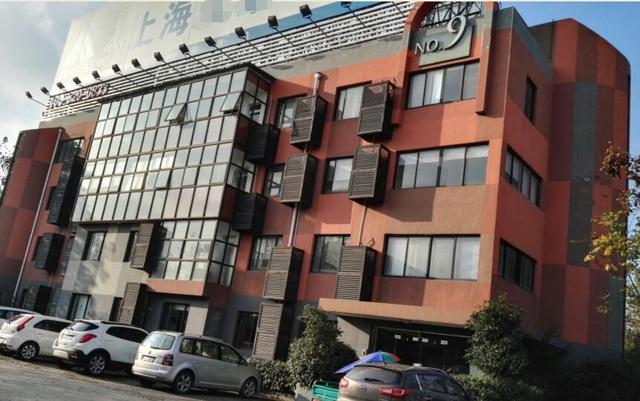









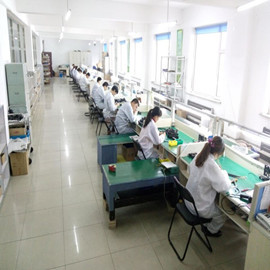




About 4g encoder producer
Where to Find 4G Encoder Producers?
China remains the central hub for 4G encoder manufacturing, with key production clusters concentrated in Shenzhen and Hangzhou. These regions host vertically integrated facilities specializing in radio and TV broadcasting equipment, enabling rapid development and scalable output of wireless video transmission solutions. Shenzhen-based manufacturers leverage proximity to semiconductor suppliers and logistics gateways, reducing component procurement lead times by up to 30%. Hangzhou’s ecosystem emphasizes R&D-driven design, particularly in H.265/HEVC compression technologies and bonded 4G/5G streaming protocols.
Suppliers in these zones operate dedicated production lines for portable and fixed-mount encoders, supporting input formats including SDI, HDMI, and IP-based capture. Many maintain in-house firmware development teams to customize streaming protocols such as SRT, RTMP, and RTP. The concentration of technical talent and component suppliers within 50km enables agile prototyping (typically 7–14 days) and faster order fulfillment. Buyers benefit from localized supply chains that reduce unit costs by 20–35% compared to equivalent Western-made units, while maintaining compatibility with global broadcast standards.
How to Choose 4G Encoder Producers?
Effective supplier selection requires verification across technical, operational, and transactional dimensions:
Technical Compliance
Confirm adherence to international broadcast standards, including support for H.264/H.265 encoding, low-latency transmission (≤500ms), and multi-network bonding (3G/4G/Wi-Fi). For professional deployments, verify compatibility with SRT, HLS, and RTSP protocols. While formal certifications like CE or RoHS are not universally listed, demand compliance documentation for EMC and electrical safety if importing into regulated markets.
Production Capability Audits
Assess core manufacturing competencies through the following indicators:
- Ownership of a dedicated production line (explicitly stated by all profiled suppliers)
- In-house R&D capability, evidenced by product variants and firmware customization options
- Monthly output capacity inferred from listing volume and reorder rates
Cross-reference on-time delivery performance (target ≥95%) and response time (ideally ≤6 hours) as proxies for operational reliability.
Transaction Safeguards
Prioritize suppliers with verifiable transaction histories and structured quality control processes. Analyze reorder rates as an indicator of customer satisfaction—producers with rates above 40% typically offer consistent quality and post-sale support. Require sample testing to validate video stability under real network conditions, especially for bonded 4G models. Use secure payment terms until field validation is complete.
What Are the Best 4G Encoder Producers?
| Company Name | Location | Main Products (Listings) | Online Revenue | On-Time Delivery | Avg. Response | Reorder Rate | Customization |
|---|---|---|---|---|---|---|---|
| Shenzhen Mine Technology Ltd | Shenzhen, CN | Radio & TV Broadcasting Equipment (83) | US $30,000+ | 100% | ≤6h | <15% | No data |
| Hangzhou Dtcore Technology Co., Ltd. | Hangzhou, CN | Radio & TV Broadcasting Equipment (553) | US $7,000+ | 80% | ≤6h | 40% | No data |
| Hangzhou Dtvane Technology Co., Ltd. | Hangzhou, CN | Radio & TV Broadcasting Equipment (896) | US $20,000+ | 100% | ≤7h | 66% | No data |
| Catcast Technology Co., Ltd. (Chengdu) | Chengdu, CN | Radio & TV Broadcasting Equipment (not specified) | US $330,000+ | 100% | ≤3h | <15% | Color, material, size, logo, packaging, label, graphic |
| Yukuan Technology Ltd. | Not specified, CN | Radio & TV Broadcasting Equipment (359) | US $100,000+ | 100% | ≤2h | 50% | No data |
Performance Analysis
Catcast Technology stands out with the highest online revenue (US $330,000+) and fastest average response time (≤3h), coupled with full on-time delivery and extensive customization capabilities. Yukuan Technology matches this reliability with a 100% on-time rate and sub-2-hour responses, targeting high-end broadcast clients with premium-priced 4K HEVC systems. Hangzhou Dtvane leads in customer retention, evidenced by a 66% reorder rate—the strongest indicator of product satisfaction among the group. While Shenzhen Mine and Catcast report low reorder rates (<15%), their consistent delivery suggests suitability for one-off or project-based procurement. Buyers seeking tailored branding or form factors should prioritize Catcast due to documented customization options.
FAQs
How to verify 4G encoder producer reliability?
Evaluate on-time delivery records, response times, and reorder rates as operational health indicators. Request product specifications, firmware update logs, and test reports for signal stability under variable bandwidth conditions. Conduct video audits of production areas when possible to confirm in-house assembly and quality checks.
What is the typical sampling timeline?
Standard encoder samples are typically shipped within 5–10 days. Units requiring firmware adjustments or hardware modifications may take 15–20 days. Air shipping adds 3–7 days for international delivery.
Can 4G encoder producers ship globally?
Yes, all listed suppliers have international transaction experience. Confirm shipping terms (FOB, EXW, or CIF) and ensure compliance with destination-country regulations on radio frequency equipment. Most support express couriers (DHL, FedEx) for samples and sea freight for bulk orders.
Do manufacturers offer customization?
Customization availability varies. Catcast Technology explicitly supports modifications to color, logo, packaging, and physical dimensions. Others may offer firmware-level adjustments upon request. Always confirm customization scope and minimum order quantities (MOQs) before finalizing contracts.
What are standard MOQ and lead times?
MOQs range from 1 piece to 2 sets, with most suppliers accommodating single-unit orders. Lead times for standard products average 7–15 days after payment confirmation. Bulk orders (10+ units) may require 20–30 days depending on production load.





